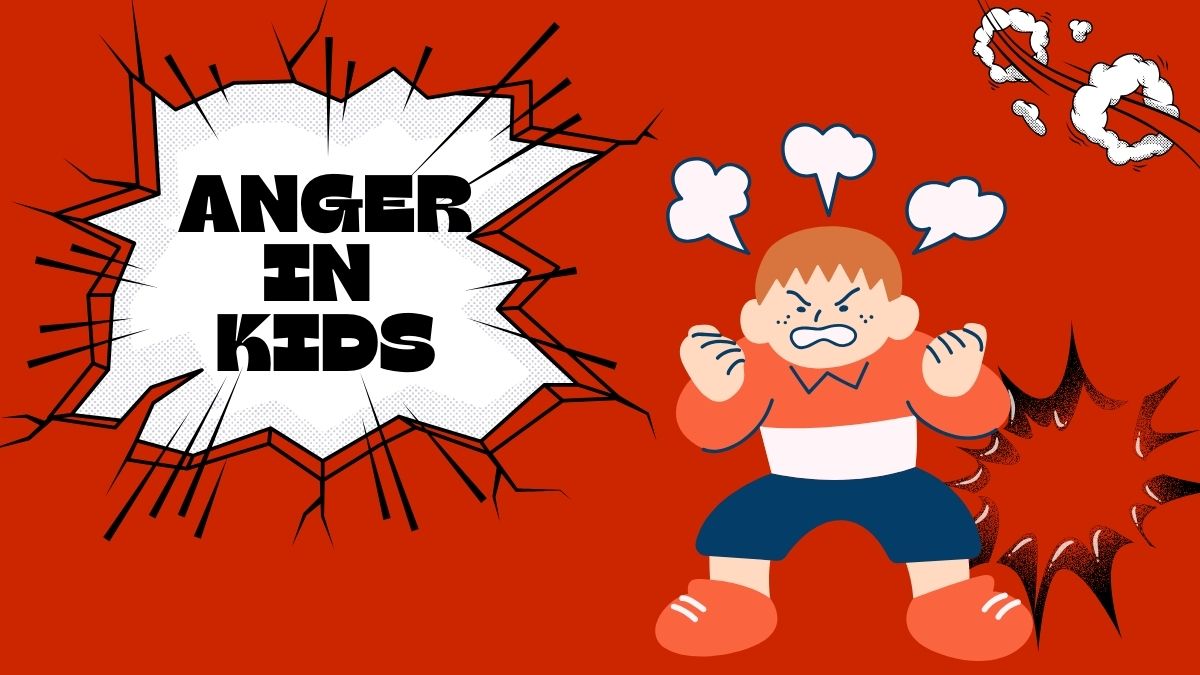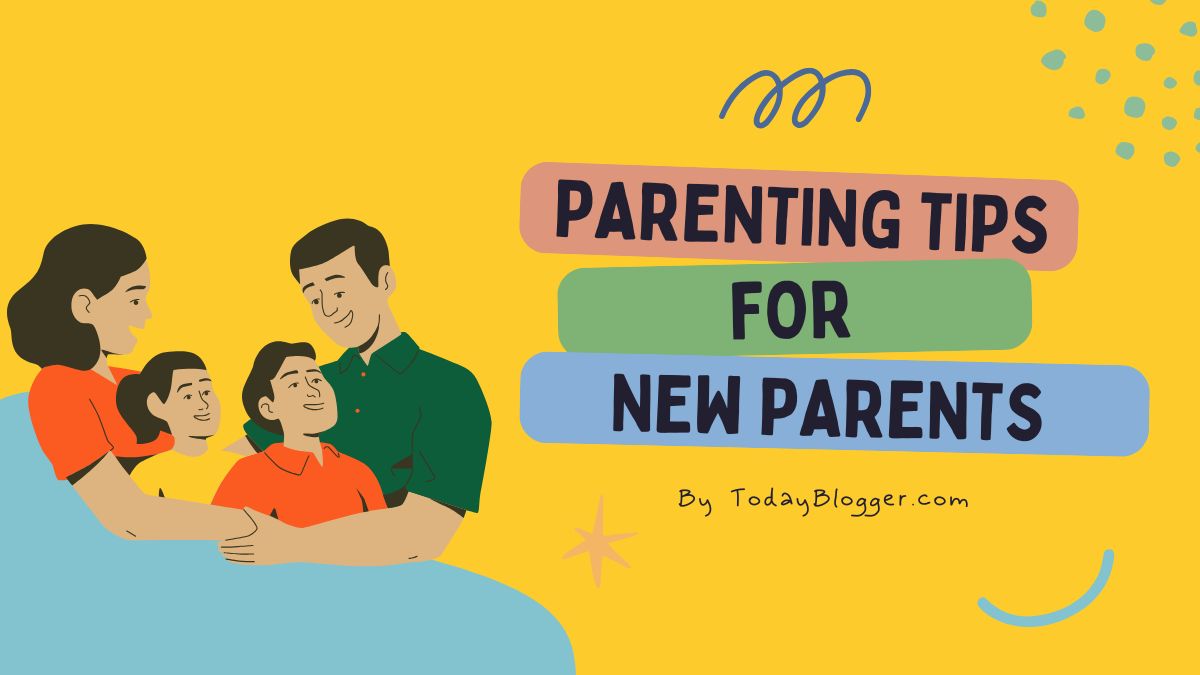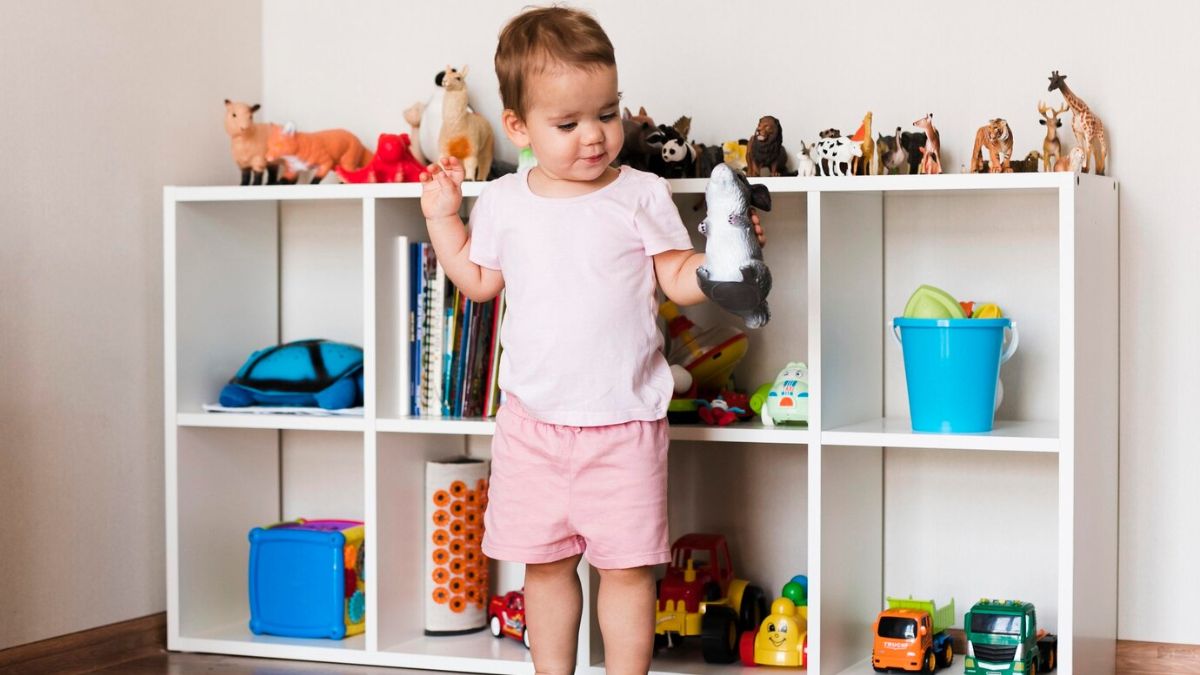
Helping children navigate and manage their emotions, especially anger, is important for their emotional development and overall well-being. While it’s normal for kids to experience frustration and outbursts occasionally, teaching them effective ways to handle anger can prevent long-term behavioral and emotional issues. This article provides actionable strategies and insights for anger management for kids that every parent, teacher, or caregiver can benefit from.
Understanding Anger in Kids
Children often display anger as a response to unmet needs, frustration, or overstimulation. Unlike adults, they may not yet have the tools to process or express their emotions constructively.
Common Triggers of Anger in Kids:
- Feeling misunderstood or ignored.
- Frustration with challenging tasks or expectations.
- Sudden changes in routine or environment.
- Lack of autonomy or choice.
Recognizing these triggers is the first step in addressing anger in kids. Parents should observe patterns to understand what provokes such reactions.
Signs of Unhealthy Anger:
Some signs indicate that a child’s anger might require intervention, including:
- Frequent, uncontrollable tantrums.
- Physical aggression toward others.
- Self-harming behaviors.
- Difficulty calming down after an outburst.
Understanding the root of these behaviors is critical to providing the right support.
Key Strategies for Anger Management for Kids
Addressing anger in children is not a one-size-fits-all solution, but combining practical tools with patience and consistency can yield results.
1. Teach Emotional Awareness:
Children need to recognize and name their feelings before they can manage them. Introducing an emotional vocabulary, such as “angry,” “frustrated,” or “overwhelmed,” helps kids articulate their experiences.
2. Practice Self-Calming Techniques:
Encourage kids to take deep breaths, count to ten, or use a “calm-down jar” filled with glitter to refocus their attention during intense moments.
3. Use Role-Playing Scenarios:
Through role-playing, kids can rehearse how to handle challenging situations, such as sharing toys or dealing with a peer’s teasing.
Practical Tips for Parents and Caregivers
1. Model Healthy Anger Management:
Children often mirror adult behaviors. By demonstrating calm responses to stress, you teach them how to manage their own emotions.
2. Set Clear Boundaries:
Consistent rules and consequences help children understand expectations and develop self-control.
3. Create a Safe Space for Emotions:
Designate a cozy, quiet area where kids can calm down when they feel overwhelmed.
When to Seek Professional Help
If a child’s anger persists despite these interventions, or if it disrupts their daily life and relationships, consulting a pediatric therapist can provide additional tools and insights. Therapists can assess underlying emotional or neurological challenges and offer tailored guidance.
FAQs
1. What causes anger issues in kids?
Anger in kids can stem from frustration, developmental challenges, or unmet emotional needs. Environmental stressors also play a role.
2. How can I help my child manage anger?
Start by teaching emotional awareness, modeling healthy behavior, and introducing calming techniques like breathing exercises.
3. When should I be concerned about my child’s anger?
If anger leads to aggression, self-harm, or disrupts relationships, it may require professional support.
4. What activities help kids release anger?
Physical activities like running, jumping, or engaging in sports help kids release pent-up energy and frustration.
5. Are there apps to teach anger management?
Yes, apps like Calm Kids and Smiling Mind offer guided meditations and exercises tailored to children.
6. Can diet impact my child’s anger levels?
Yes, a diet high in sugar or processed foods can contribute to mood swings and irritability.
Conclusion
Anger management for kids is about equipping them with the tools and confidence to navigate their emotions effectively. With patience, consistency, and a supportive environment, children can develop emotional intelligence and learn to manage anger in healthy, constructive ways.




